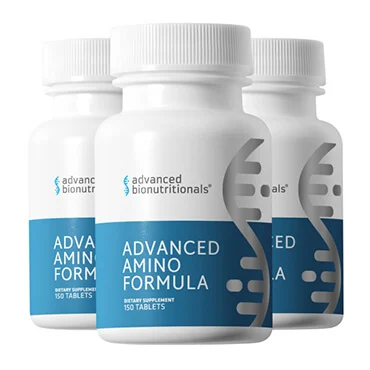
How to Improve Muscle Strength in Old Age
1. Introduction
Growing older doesn’t have to mean growing weaker. I still remember when my grandmother, at 72, struggled to walk up a flight of stairs—but after committing to a tailored muscle‑strengthening routine, she regained stability, confidence, and even took up gardening again. If you or your loved ones want to maintain independence and vitality, this guide will walk you through the proven steps to build and preserve muscle strength well into your golden years.
2. Understanding Age‑Related Muscle Loss
Sarcopenia Defined
Sarcopenia is the progressive loss of skeletal muscle mass and strength that begins as early as age 30 and accelerates after 60.
Why It Happens
- ↓ Hormonal production (testosterone, growth hormone)
- ↓ Physical activity levels
- ↓ Protein synthesis capacity
3. Evidence‑Based Strategies to Build Strength
Progressive Resistance Training
What it is: Gradually increasing the load, volume, or intensity of exercises over time.
Why it works: Stimulates muscle fibers to adapt and grow stronger.
How to start:
- Choose the Right Exercises: Focus on multi‑joint movements—squats (or chair‑assisted squats), leg presses, chest presses, rowing motions, and overhead presses.
- Set the Load: Begin with 50–60% of your one‑rep max (the heaviest weight you can lift once). Aim for 8–12 repetitions per set.
- Progress Gradually: Every 1–2 weeks, increase weight by 5–10% or add one more repetition.
“A 2019 study in the Journal of Aging & Physical Activity found that older adults who trained twice weekly for 12 weeks increased leg strength by over 20%.”
Adequate Protein Intake
- Why it matters: Protein provides essential amino acids for muscle repair and growth.
- Target amount: 1.2–1.5 g per kg of body weight per day (e.g., a 70 kg adult needs 84–105 g protein daily).
- High‑Quality Sources:
- Lean meats (chicken, turkey)
- Fish (salmon, tuna)
- Dairy (Greek yogurt, cottage cheese)
- Plant‑based (soy, legumes, nuts)
According to the International Society of Sports Nutrition, older adults benefit from higher protein intake to counteract anabolic resistance.
Balanced Nutrition & Supplementation
- Vitamin D & Calcium: Support bone health and muscle function.
- Omega‑3 Fatty Acids: May reduce inflammation and enhance muscle protein synthesis.
- Branched‑Chain Amino Acids (BCAAs): Leucine‑rich formulas can directly stimulate muscle growth pathways.
Clinical trials have shown that supplementing with BCAAs can improve muscle mass retention in seniors undergoing resistance training.
Rest and Recovery
Sleep Quality: Aim for 7–9 hours per night.
Rest Days: Schedule at least 1–2 full rest days per week to allow for muscle repair.
Active Recovery: Gentle yoga, walking, or swimming can promote circulation without overtaxing muscles.
4. Safety Considerations
Pre‑Exercise Screening: Consult with your physician, especially if you have cardiovascular issues or joint problems.
Proper Technique: Work with a certified trainer or physical therapist for the first few sessions to learn correct form and avoid injury.
Listen to Your Body: Mild muscle soreness is normal; sharp pain is a warning sign to stop and seek guidance.
5. Real‑Life Success Stories
Maria, 68:
“I used to struggle with grocery bags—they felt like weights! After three months of two weekly resistance sessions and upping my protein shakes, I can lift my grandkids with ease.”
John, 75:
“My doctor warned me about sarcopenia. With a simple leg‑press routine and adding salmon twice a week, my leg strength tests improved by 30% in just eight weeks.”
Frequently Asked Questions
| Question | Answer |
|---|---|
| Is it too late to start strength training? | Never. Even in your 80s, studies show you can gain significant strength and improve quality of life. |
| How quickly will I see results? | Many notice better stability and reduced fatigue within 4–6 weeks; visible muscle gains by 12 weeks. |
| Can I do body‑weight exercises only? | Yes—squats, wall‑push ups, step‑ups—but adding weights accelerates progress. |
Action Plan & Next Steps
- Book a Health Check‑Up: Confirm it’s safe to begin.
- Design Your Workout Split: Start with two non‑consecutive strength sessions per week.
- Track Your Nutrition: Use a food diary or app to ensure adequate protein and micronutrients.
- Consider Coaching: A certified trainer specializing in older adults can provide personalized programming.
Ready to regain your strength and independence?
Download our Free 8‑Week Senior Strength Program PDF guide here and take the first step toward a stronger, more vibrant you!